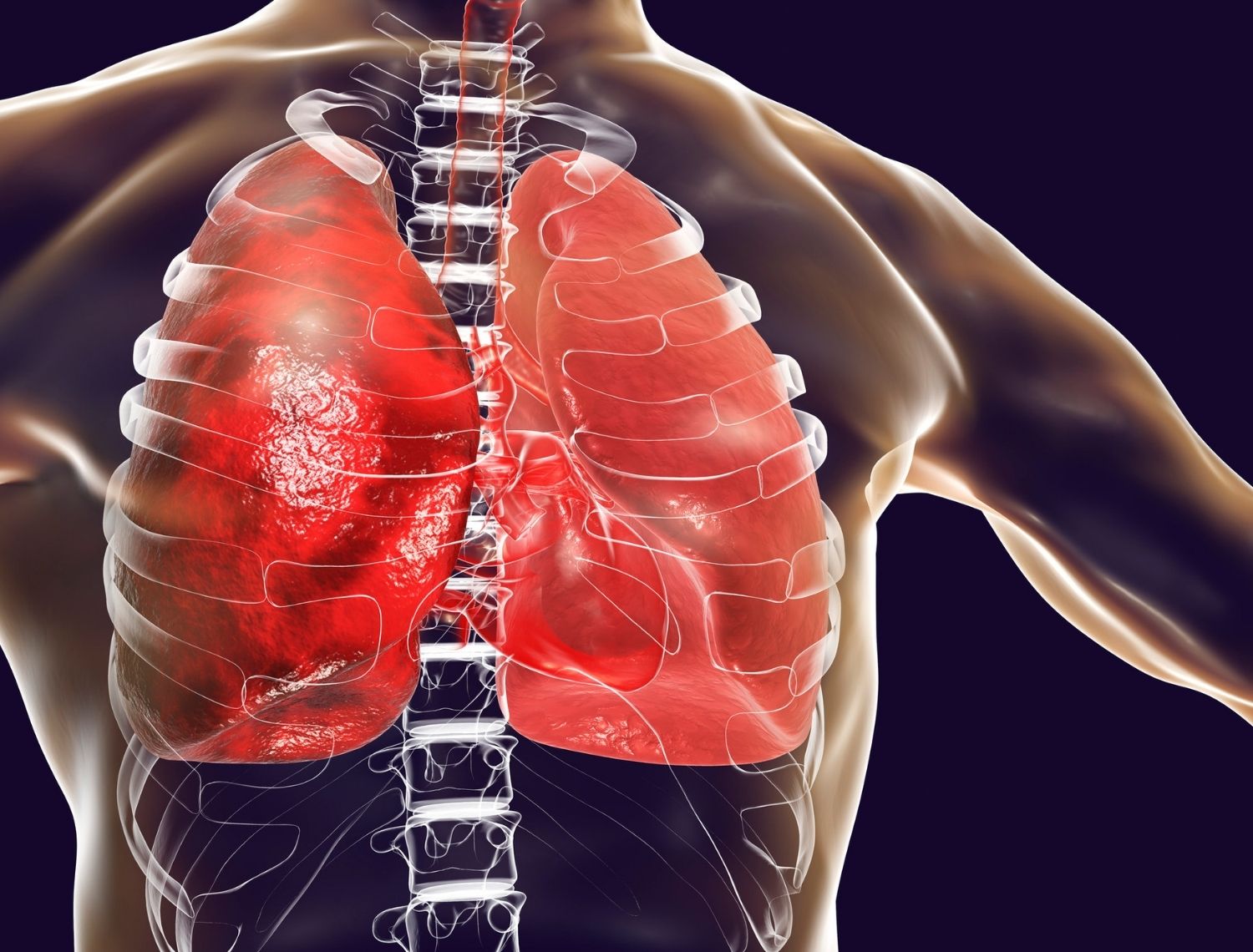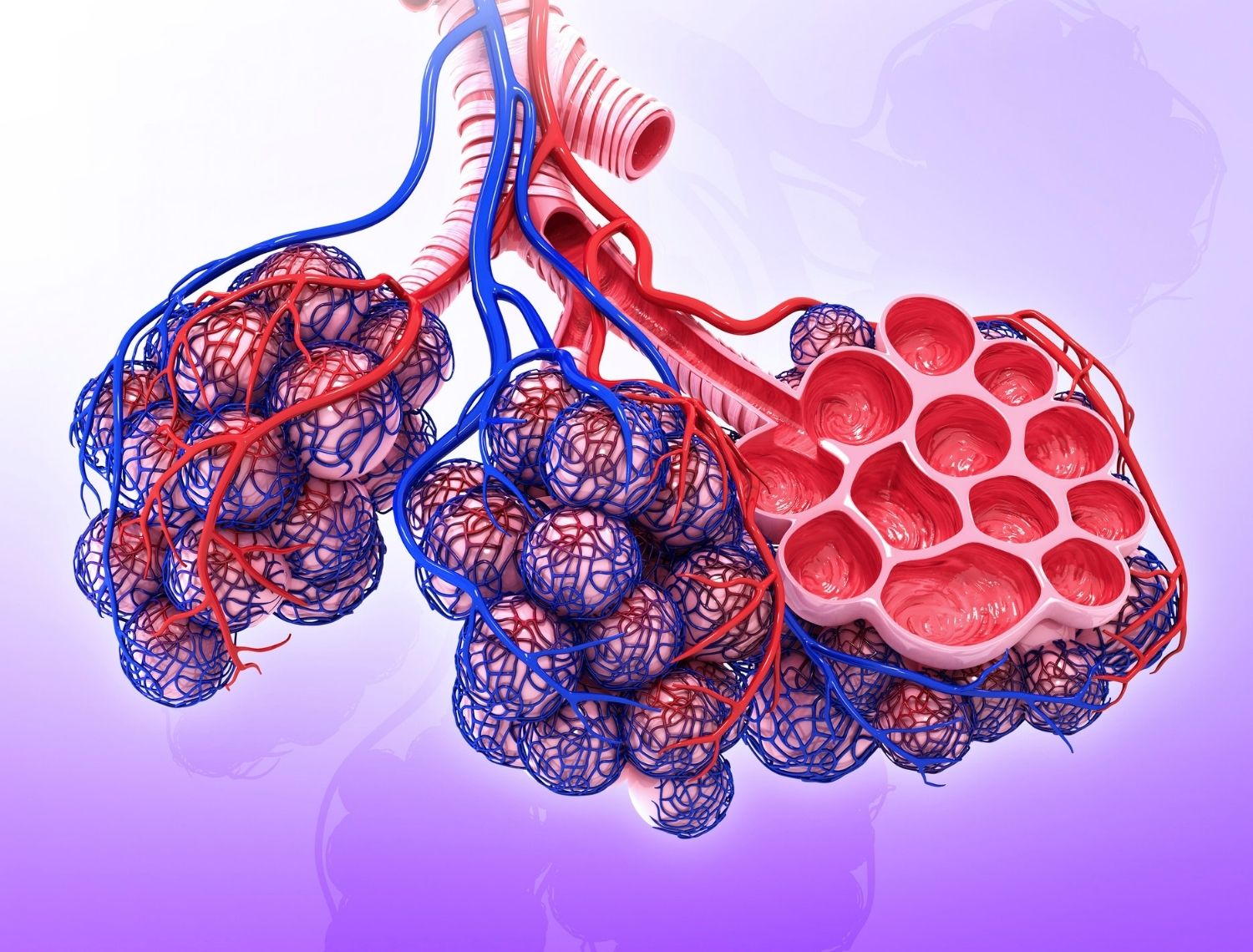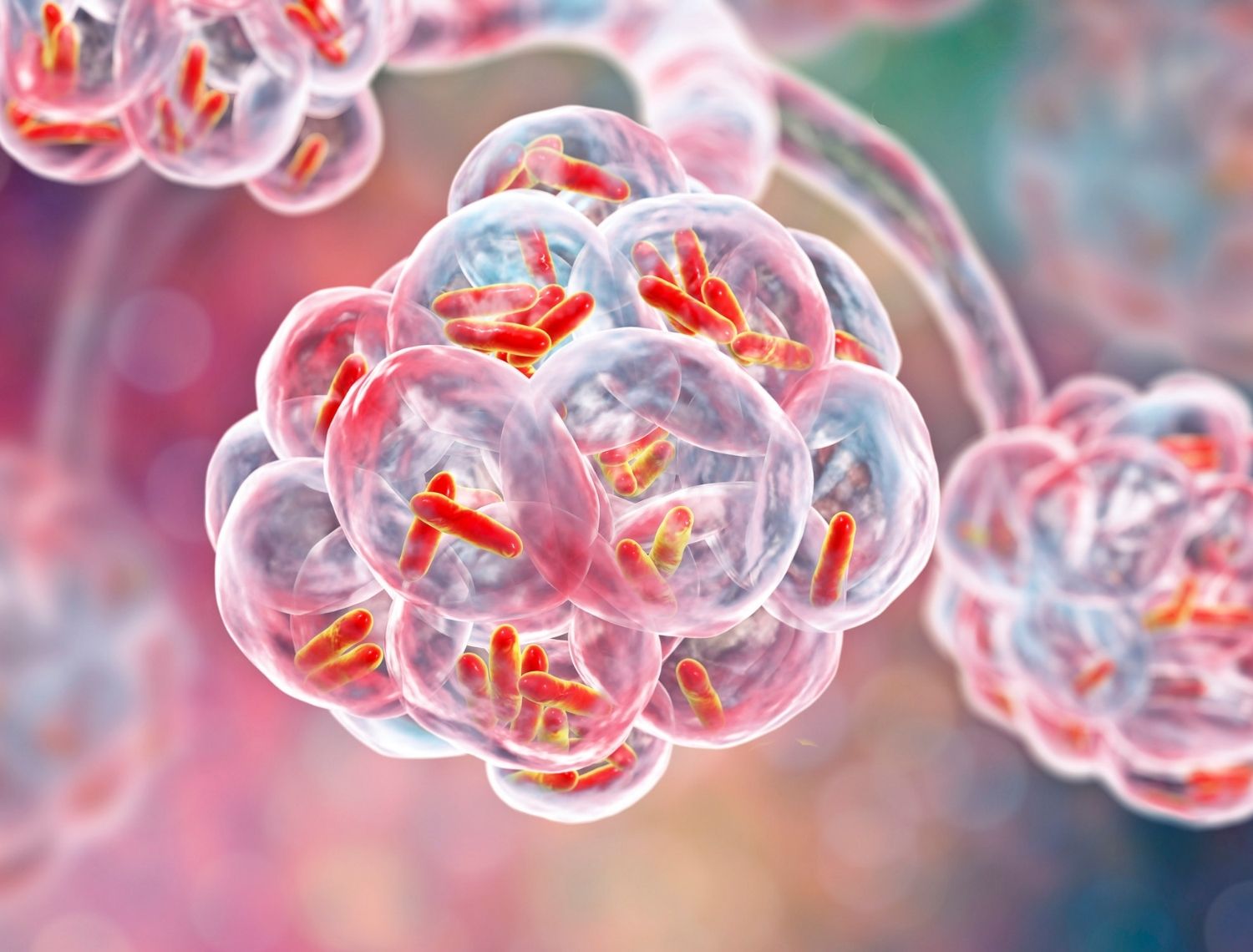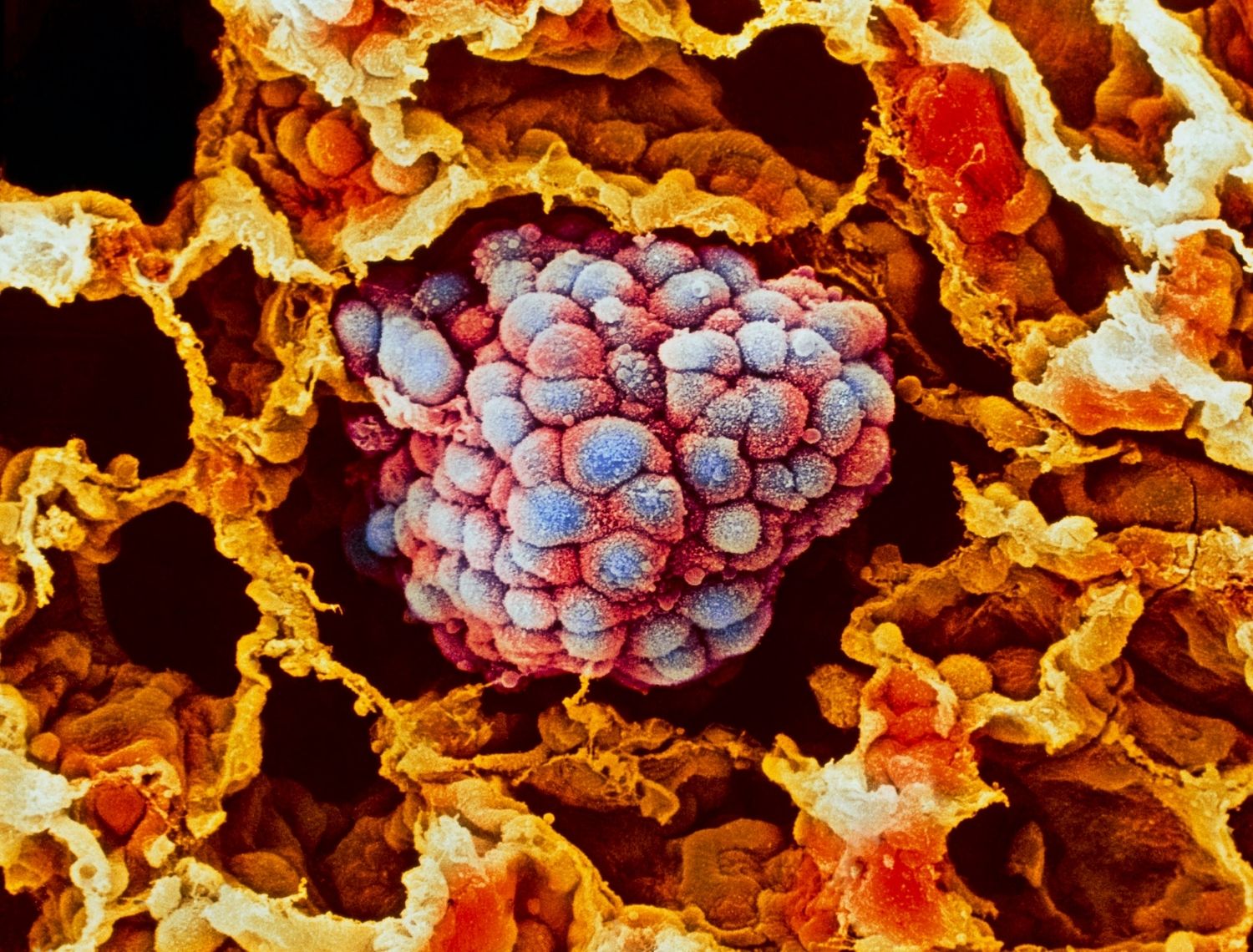Biomedical Sciences
Research
The research activity of the group is the mechanical behaviour of the respiratory system. Experimental activities are and have been performed both on experimental animals (Wistar albino rat, Rattus Norvegicus) and in humans. On the rat, the main experimental approach is represented by the end-inspiratory flow occlusion method, widely applied in the last decades to study respiratory mechanics both in humans and experimental animals. Briefly, by applying and end-ispiratory arrest of a constant flow inflation, it is possible to measure both the ohmic, newtonian airway resistance due to frictional forces in the airways, and the additional, visco.elastic resistance due to the deformation of the respiratory system tissues, i.e. stress relaxation. Also measured is the elastic static pressure at end inflation, from which the elastance of the system is obtained. The method was applied in a number of conditions to study the consequent effects on respiratory mechanics. For example measurements were taken in different phases of the oestral cycle, after blood volume expansion, after total body warming, after L-Name or interleukin-6 administration, and so on. The results allowed to clarify the effects of various variables on respiratory mechanics, particularly on its visco-elastic characteristics, whose molecular basis are still rather controversial. On human beings, we perform experimental activity based on bell-spirometric measurements.



